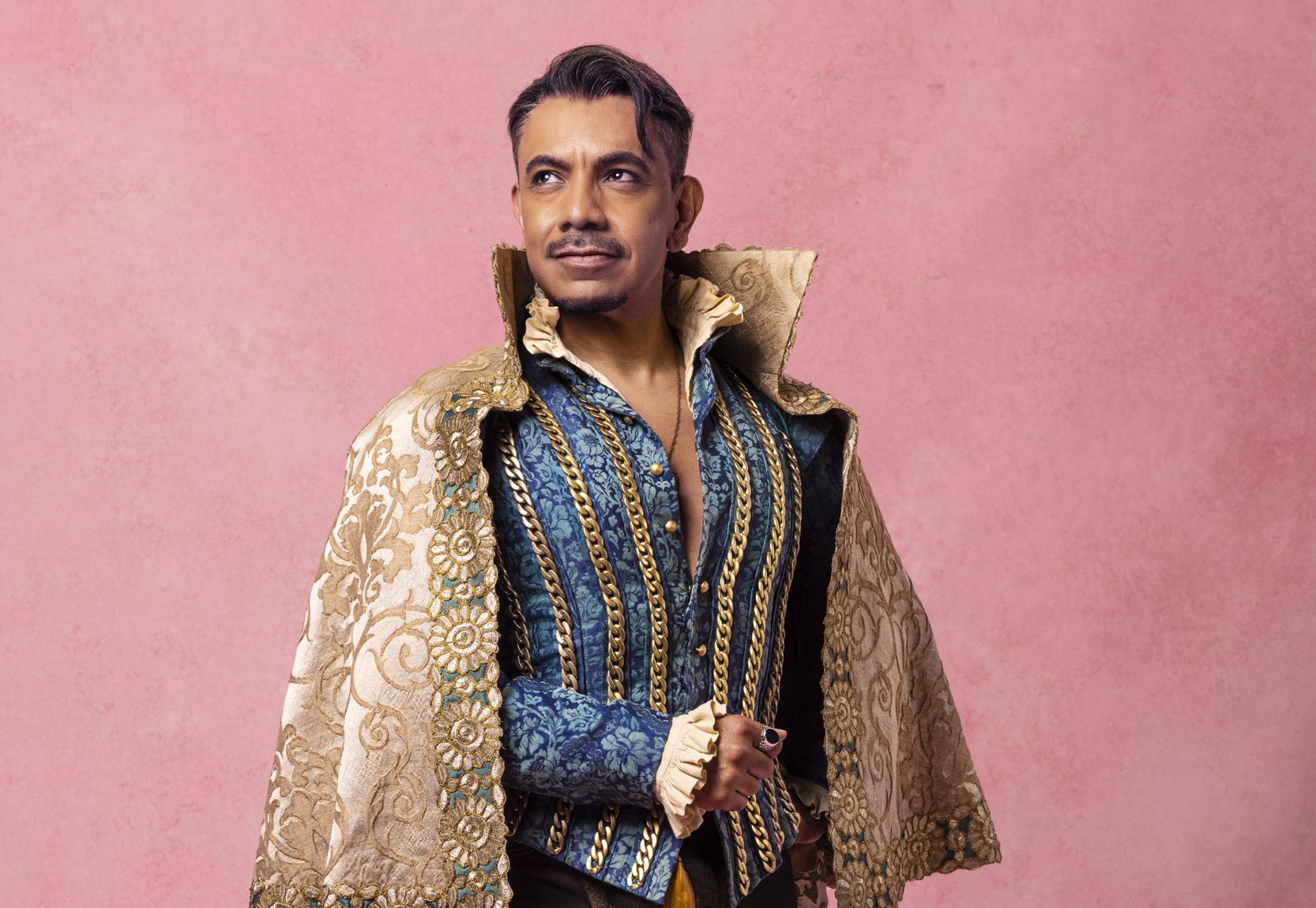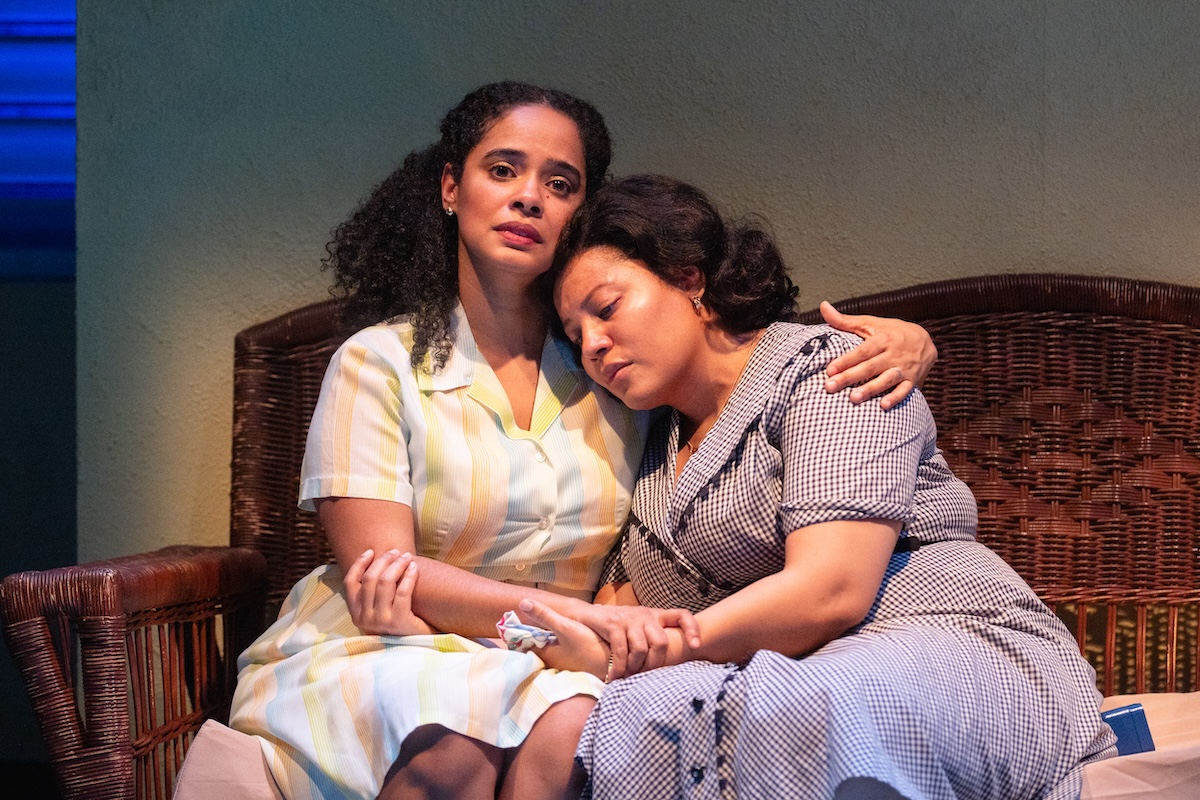Meet John Doe

(Photo © Andy Rothenberg)
When the Shattered Globe Theatre Company secured exclusive rights to create a stage adaptation of the great Frank Capra film Meet John Doe, anticipation instantly ran high. This award-winning, 14-year old troupe — known for its tight ensemble acting — has had notable success in producing other large-cast shows with overt or covert political content, among them The Manchurian Candidate and A View from the Bridge. This time, the result is a mixed bag.
Anyone of a certain age is familiar with Capra’s 1941 Hollywood classic, which stars Gary Cooper as John Doe. Produced on the brink of American entry into World War II, it’s a study of political demagoguery and a veiled warning against fascism. The film is set in 1937 during the depths of the Great Depression; it tells of Ann Mitchell, a fast-talking reporter who hires an attractive hobo (Cooper) to play an Everyman whom she has created as a newspaper ploy. “John Doe,” as she calls him, threatens to commit suicide on Christmas Eve if people don’t treat each other better in such hard times. Doe’s home-spun eloquence — in words cleverly crafted by Ann — catches the public fancy through the promotional efforts of media mogul D.B. Norton, who is Ann’s boss. A grassroots John Doe political movement quickly catches fire and Norton attempts to capitalize on it for his own dark purposes.
As adapted by Dori Robinson and director Louis Contey, Shattered Globe’s unique world premiere stage version is faithful to the original Robert Riskin screenplay in almost every story detail save three. An ambiguous final tableau leaves John Doe’s fate and Anne’s love for him in doubt, unlike the film. Also, by making D.B. Norton younger than the film’s avuncular Edward Arnold, this version creates an interesting element of sexual attraction between Ann and Norton. (They even kiss.) Finally, this version cuts Norton’s most menacing, crypto-fascist words: “An iron fist! The people need an iron fist!”
Story elements aside, certain strengths of the film are lost that are not countered by stage additions. For example, the film’s fades and dissolves are, obviously, replaced by physical scene changes; as tables and chairs are moved, a trio of folk singers delivers Woodie Guthrie tunes and other period songs. It’s an appropriate idea but, with or without songs, the scene changes add 10-12 minutes to the show’s running time. Coupled with an intermission that probably isn’t necessary, the net effect is a loss of tension as compared to the film with its rapid pace and building momentum.
Also, the brilliance of Capra’s montage is irreplaceable: the rapid editing of close-ups and two-shots to convey the reactions not just of the principal characters but of scores of ordinary people. Shattered Globe would have to double its cast size (already a hefty 14) to begin to convey Capra’s feel for the crowd. The story, then, is pretty much the thing here. Fortunately, it’s a strong story and a timely cautionary tale, even if naïve — or, at least, simplistic — by today’s standards.
As for the actors, Julie Granata is especially sharp as Ann Mitchell. Playing John Doe is Shattered Globe co-founder Joe Forbrich, tall in the Cooper mold (although not as lean) and manly; Ben Werling is a suave Norton. Both are well cast but too stolid. Surprisingly, neither of these roles has that much dialogue — Ann is the plum part — so the characters need personality to come alive. For Doe, the keys are warmth and humor while for Norton, the key is charm rather than cold power.
This ambitious adaptation has the spirit and integrity of the film if not all of its nuance. The bottom line is that theater relies more strongly on words than does film. Less faithfulness to the original screenplay and a bit more verbal fleshing-out would have helped the transition of Meet John Doe from screen to stage.












